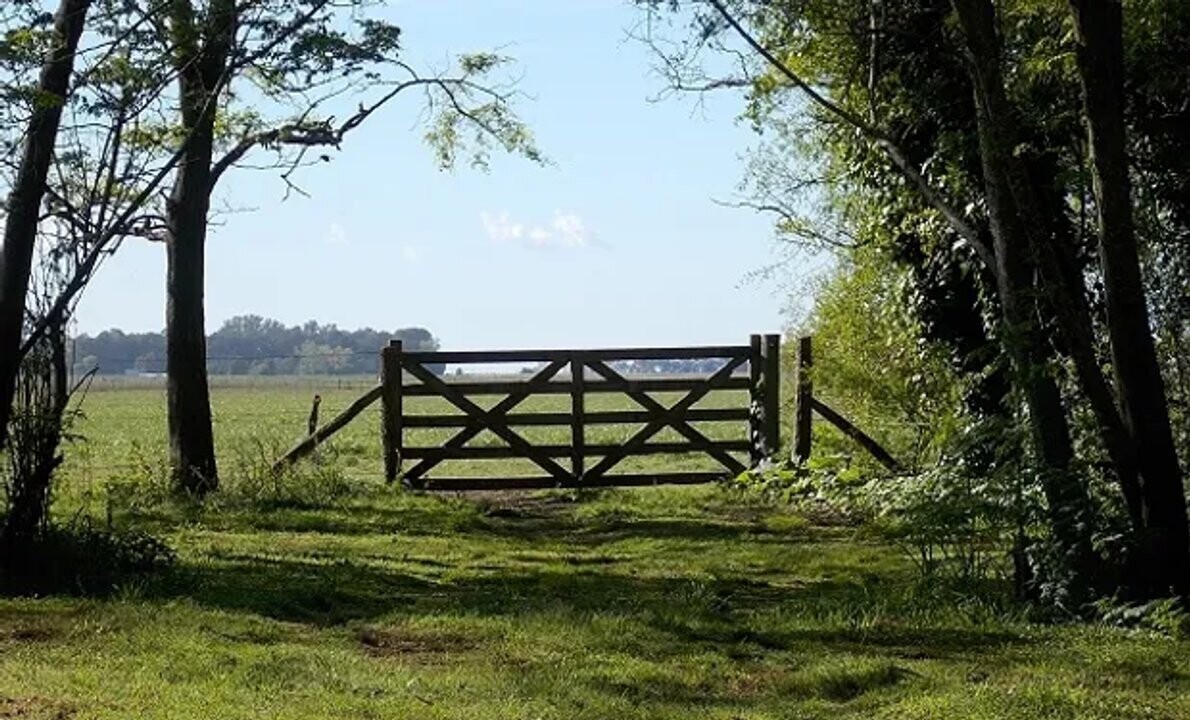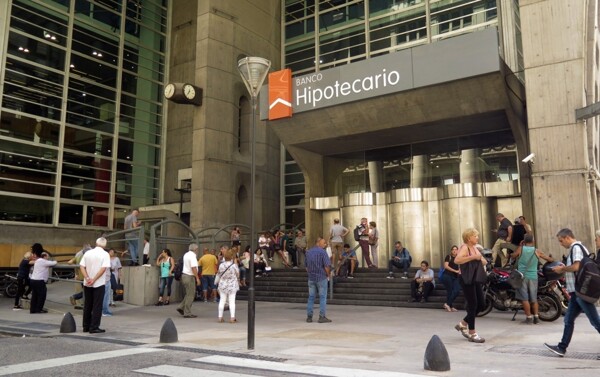
The CEO of Nordheimer Campos y Estancias has highlighted that many successful investors in the urban real estate sector now see rural areas as a strategic opportunity to balance their portfolios. In this regard, the Argentine Chamber of Rural Real Estate (CAIR) has presented the Rural Real Estate Market Activity Index (InCAIR), reflecting activity throughout the country.
Currently, there is a lack of agricultural land supply in central areas, which has generated higher demand in more remote territories. Agricultural lease contracts have been closed at similar values to last year, with some specific increases and unsatisfied demand, according to CAIR.
One of the reasons driving interest in investing in rural land is the value difference with neighboring countries, such as Uruguay, where prices are considerably higher. Additionally, agricultural land offers greater stability against market fluctuations, as its demand remains constant due to its productive capacity.
Investors are focusing on land in the Humid Pampa, a region known for its high productivity, primarily in provinces such as Buenos Aires, Santa Fe, Córdoba, and La Pampa. They are looking for fields of 100 to 500 hectares that allow entry into the agricultural sector with accessible amounts and potential returns.
The trend of investment in rural areas is expected to continue growing, especially in a context of greater economic stability. Rural land is consolidating as an attractive option for portfolio diversification, with opportunities including renewable energy production and agrotourism. Both local and international investors are showing interest in the agricultural sector.
The asset regularization in Argentina has generated a paradigm shift in the real estate market, attracting investors towards rural land that previously focused on urban properties. The exploration of the agricultural land market has increased significantly, demonstrating the growing interest of investors in this investment option.
In summary, rural real estate activity conveys stability and security, with greater interest from investors who previously did not consider the rural sector as an investment option. This is partly due to the consistent performance of rural land during the pandemic, amidst the crisis in other sectors.














